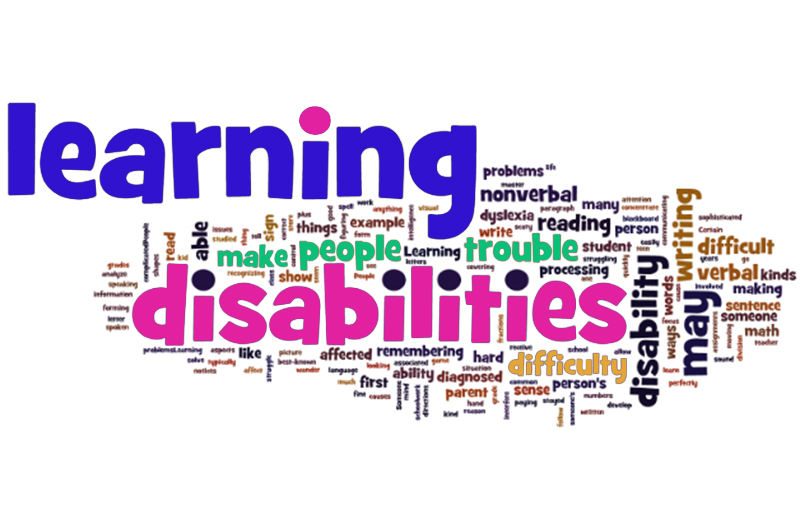
The term “learning disability” usually refers to the classification of people who have difficulty when it comes to learning in a special way, which is usually caused by an unknown factor or factors. They are also known as learning differences, difficulties. An unknown factor or factors are disorders that affect the brain’s ability to receive information and then process it.
Types of Learning Difficulties
Based on what is called the four stages of information processing, learning difficulties are often divided into very broad categories, which include input, integration, storage and output.
- Introduction: information perceived through the senses of a person, especially auditory and visual perception.
- Integration: the stage at which the perceived contribution is classified, interpreted, placed in a specific sequence or related to previous training.
- Storage: problems can occur in working memory (short-term) or long-term, and most problems arise in working memory
- Conclusion: information usually leaves the brain in one of three ways: language output, muscle activity (e.g. drawing, gestures or writing) or through words.

Symptom recognition
Identifying symptoms of learning disabilities Singapore helps parents help their children learn better in school so that they gain the basic knowledge necessary for a successful life. Take a look at the following to determine if there may be learning disabilities:
- Watch out for motor problems
- look for signs of skill development
- Observe how your child does homework or interacts with others while they study.
- check the emotional level of the child
- Watch for signs of high confusion
Finally,
You must remember that the smaller the child, when he is diagnosed with learning disabilities. Never think about the well-being of your child. You should always consult your child’s pediatrician or family doctor to get an accurate and appropriate diagnosis.







